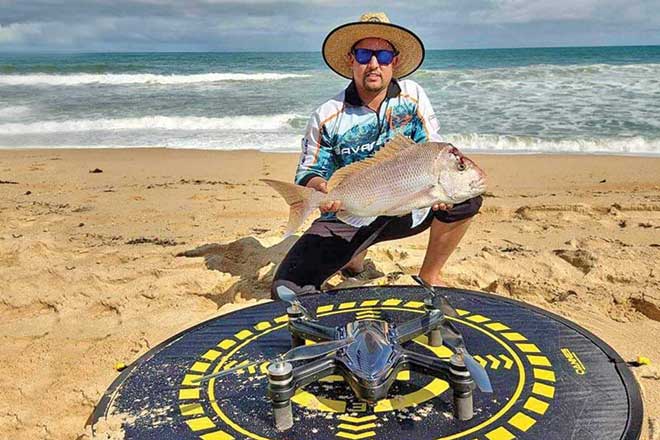Initially, the thought of using drones to drop long distance bait seemed a strange combination of slightly whacky and somewhat genius – yes, that’s what we thought too.
We’d heard of underwater remote-controlled drones deploying long lines for snapper in New Zealand and kites suspending trolled bait on a spread for sailfish, so why not take advantage of new age technology?
This method has had outstanding success in Western Australia, especially in the southwest chasing snapper from the dunes, with welcome by-catch such as dhufish and mulloway, and some not so welcome sharks and rays.
Gearing up for the event of bigger by-catch is optional, though you would generally expect to go fairly heavy anyway – to exert enough force to have the constant advantage at distances anywhere from 200m as far out as 500m, in the absence of instant line feedback to let you know what the fish is doing.
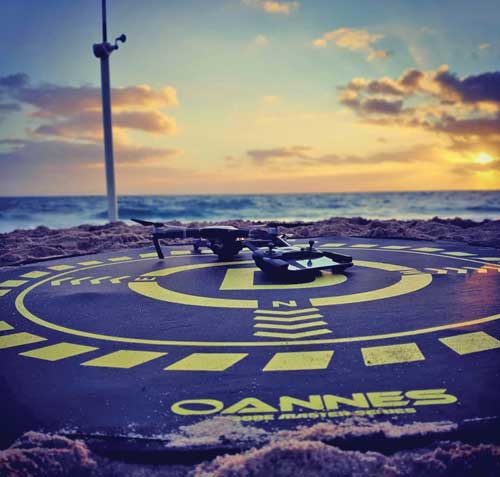
There are two rigs recommended for this technique.
The first involves a one or two-bait dropper rig spaced 2m apart from other terminal points, with enough swivels to prevent spin, and grip sinkers to help anchor along the inside of a reef, channel or drop-off.
This rig is ideal for chasing mulloway, snapper and cobia.
The second comprises of a live bait or well-presented single dead bait dropped into the patrolled sections out the back of surf, which can produce seriously big pelagics and more than memorable fights to go with them.
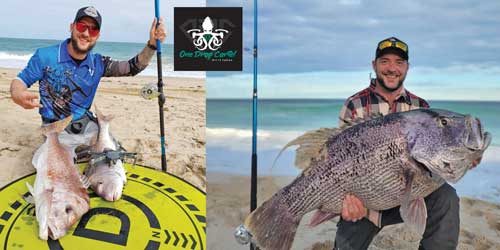
A single circle hook for live bait or snelled offset circles for presented dead bait are suggested, not only for the welfare of the fish that might be released but for a solid hook up where slack line and delayed strike indication calls for lots of line retrieval, followed by generously setting the hook.
Navionics and Google are essentially a recipe to get started on the technology side of things, whereas for setup, try a larger surf rod paired with a big line capacity reel for thinner braid and 100m or more of top shot and a decent leader.
Lastly, a release clip to drop at your command is critical, otherwise you risk crashing your flying investment when you lock off your reel.
If I give one piece of advice in this article it is to test your drop distance and flight paths on dry land first, before even thinking about heading out over the water.
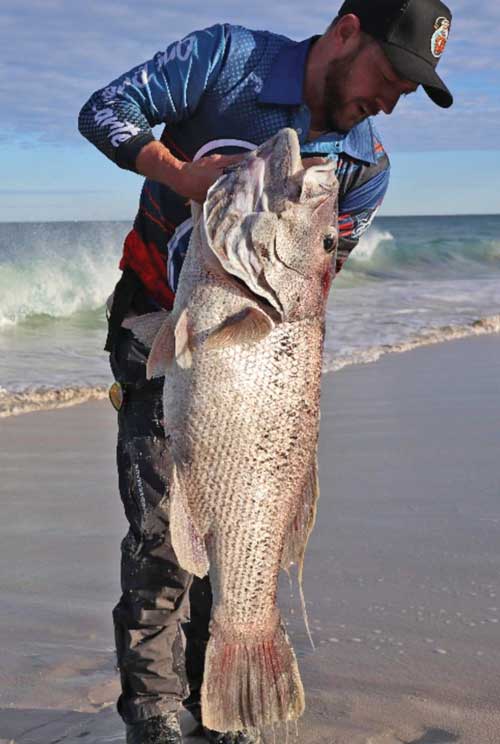
Thank us later. drones
Don’t be fooled by thinking there’re no fish in shallow water.
Quite often there are fish, they simply get spooked by the boat, or you can’t fish safely because of the sweep of water or wind blowing you uncontrollably close to the surf.
A stealthy drone dropping an irresistible bait is a winner.
Fraser Island and the northern beaches of NSW offer some great opportunities to target tuna, mackerel and mulloway off the long beach breaks and shallow water structures, reefs or wrecks.
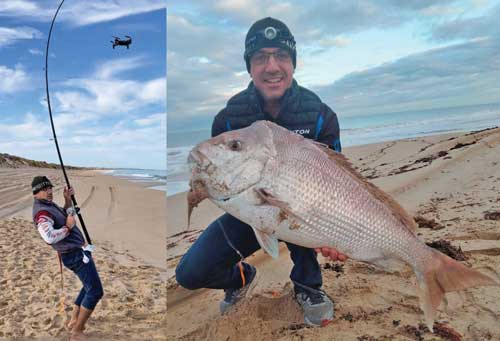
Kingscliff offers some great ground to drop multiple bait over a session to hunt mulloway or big tailor holding up on rough ground.
If you’re camping at Moreton Island, it also has artificial reefs very close to shore that can be fished by the bold angler for jewfish and snapper at slack water.
Otherwise, the northern end – behind the surf lines and out of green zones – holds great little patches where good grass sweetlip offer exceptionally good fun, with the chance of something bigger hanging around.
Inside Moreton Bay there are plenty of coffee rock breaks that can be fished from an angle without running too much line over rough ground or being busted off at the first instance of engaging running fish.
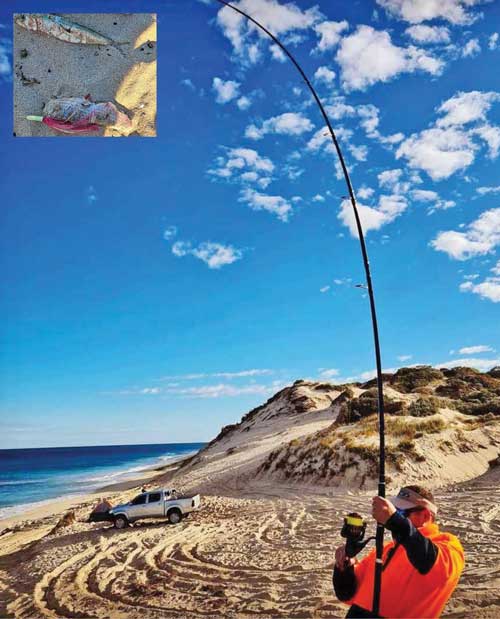
Shallow reef lines and drop-offs can be found using Google Maps to zoom in on the colour changes or with Navionics by studying the contours and cross referencing them with what you can see from satellite images or local knowledge.
And after sounding up by boat on previous occasions, GPS marks can also mean the difference between finding a decent corridor or a random patch of sand.
Simply link them to the software available for your drones and go for gold.
Keep an eye for out for the follow up of this article, when we look at the technical bits of rig building and line choice, along with how to use your technology to your advantage.
In the meantime, tight lines.
 Bush ‘n Beach Fishing Magazine Location reports & tips for fishing, boating, camping, kayaking, 4WDing in Queensland and Northern NSW
Bush ‘n Beach Fishing Magazine Location reports & tips for fishing, boating, camping, kayaking, 4WDing in Queensland and Northern NSW

